1996-2006
By thevlm In VLM Through the YearsAs the Virginia Living Museum entered its fourth decade, Museum staff and volunteers continued the legacy established by the original Junior Nature Museum and Planetarium. With a firm emphasis on education and wildlife preservation, the Museum pushed into its 40th year with plans for new exhibits and events, and a new expansion to solidify its role as a museum, animal sanctuary and educational institution.
From 1996 to 2006, annual attendance at the Virginia Living Museum soared. Moving into the 21st century, the Museum leveraged all it had to offer to best serve its community.
Exploring Science
During its fourth decade, the Virginia Living Museum sought new opportunities to bring science to the residents of Hampton Roads. From planning safari excursions to establishing exciting new exhibits, Museum staff and volunteers made science a hands-on experience.
During the late ‘90s and early 2000s, the Museum’s safari trips continued to bring Virginia patrons to different parts of the world in search of science and discovery. In 1996, the Museum hosted a four-day trip to Cape Cod, Mass. to go whale watching and visit the New England Aquarium and Martha’s Vineyard.
If you wanted to see whales but didn’t want to travel, you could have participated in one of the Museum’s local whale watching tours off the coast of Virginia Beach. Education Director Pete Money served as ecologist and tour guide, helping attendees spot the occasional humpback whale.
“We’re trying to find out very basic things,” Money explained to Soundings about the whale watching excursions. “What’s being done with whales now is like what naturalists were doing with birds and squirrels 200 years ago. Whales are the biggest creatures on earth, and we know virtually nothing about them.”
Preserving Animals
Since its inception, the Museum has been committed to preserving animal species, especially those that are endangered or threatened. That’s why in 1998 the Museum welcomed the black-footed ferret, the most endangered mammal in North America, to call the Museum home. Although the black-footed ferret is not a Virginia-native species, the Museum wished to provide the animal sanctuary and emphasize the importance of preserving all endangered wildlife.
To help threatened animals throughout the U.S., Museum staff also worked with outside organizations to preserve species and better understand them.
Partnering with Orley “Chip” Taylor from the University of Kansas, the Museum started working with Monarch Watch, a program that tracks the millions of monarch butterflies that fly from North America to Mexico each winter.
“This is one of the world’s more spectacular phenomenon” Taylor told the Daily Press about the massive migration.
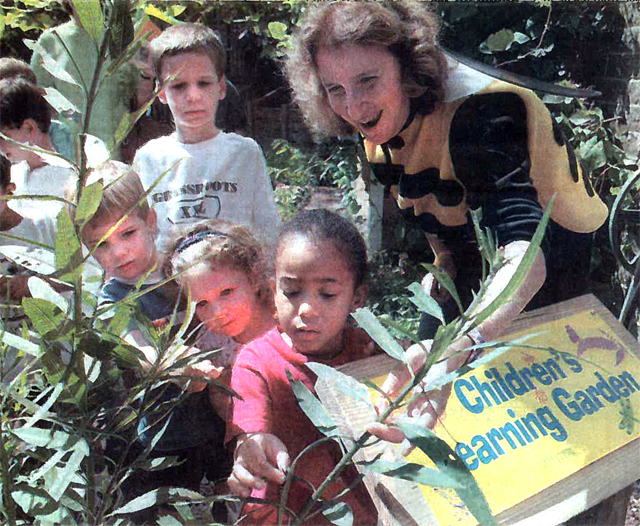

Education specialist Carol Ann Margolis shows butterfly habitats at the Museum’s Children’s Learning Garden. [Photo by the Daily Press]
The Museum hosted an after-school program where elementary school students helped volunteers carefully tag the butterflies’ wings and release them in the Museum’s own garden.
From butterflies to baboons, the Museum provided fun, educational ways to learn about preservation.
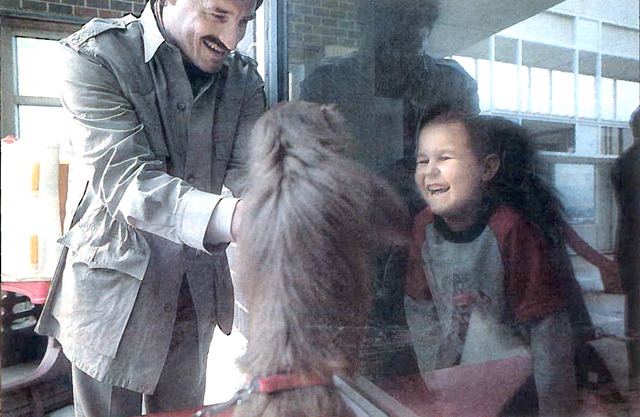

Peter Gros, from Mutual of Omaha’s “Wild Kingdom,” presents a baboon. [Photo by Nhat Meyer/the Virginian Pilot]
In 1998 the Virginia Living Museum hosted Peter Gros, co-host of the award-winning series “Mutual of Omaha’s Wild Kingdom.” As the Museum’s guest speaker, Gros invited his audience to meet some of his wild animal friends, including a baboon and a python. As part of his fun show Gros emphasized the importance of understanding animals and preserving wildlife.
New Building, New Opportunities
After 30 years on the Peninsula, the Museum had once again outgrown its space. Looking to the future, Museum Executive Director Randy W. Ray envisioned a redesigned museum to better serve its growing number of visitors.
In 1997 Ray announced plans to build a $21 million, 60,000-square-foot museum complex on the existing 21-acre site. This new expansion, supplemented by six additional acres leased from Newport News Public Schools, would multiply the Museum to four times its size, providing more space for exhibits and for visitors to roam.
“We really have to say ‘no’ to 30,000 kids a year,” Ray explained to the Virginian-Pilot in an interview about the expansion. With the larger facility the Museum would be able to accommodate more school groups at a time.
This new building, more centrally located on the Museum’s 21 acres, would feature new exhibits, including the Appalachian Cove habitat with an indoor waterfall and the Cypress Swamp habitat that would house an alligator.
“We’ve done just about as much as with this little facility as we can,” Ray told the Daily Press about the Virginia Living Museum’s older building. “But when we’re done with the expansion, our visitors will be able to stroll across the environment of this state without ever leaving this site. It will add immeasurably to the kind of experience we have to offer.”
In this spirit, the Museum installed wider boardwalks along its nature paths and extended it three times as far to improve visitors’ views of new animal habitats.
Newport News Mayor Joe Frank supported the Museum’s massive expansion. “I can’t think of a more significant way to impact the lives of our young people than to educate them in a way that’s fun,” Mayor Frank told the Daily Press. “This is an investment that will pay off for all of us for years and years to come.”
As with its founding in 1966, the Museum experienced great local support from the community for this expansion. Local companies, including Ferguson Enterprises and Newport News Shipbuilding, donated more than $600,000 to the cause.
And the Museum hosted unique fundraising events to support its annual funding.
In October 1999, the Museum hosted “Boots for Bucks,” a fun hoe-down themed auction that offered up celebrities’ boots for the highest bidder. Pairs of boots from country singers Jimmy Dean, Tim McGraw, Leon “Kix” Brook and Ronnie Dunn were up for grabs in addition to those of racer Richard Petty and former Governor George Allen. The governor’s boots went for a whopping $650 to local Senator Alan Diamonstein, all in the name of the Virginia Living Museum.
Also during this time, however, Gov. Jim Gilmore slashed state funding for museums and the arts and eliminated funding for non-profit museums. To help lessen the sting, the House of Delegate’s version of the budget set aside $250,000 for the Museum, but the Senate’s version denied funding.
In previous years, the Virginia Living Museum had received $450,000 from the state. To adjust to potential loss of funding, Museum Executive Director Gloria Lombardi discussed the possibility of cutting staff and reducing the Museum’s hours. She also realized that the Museum’s more expensive exhibits, including the endangered black-footed ferret, would have to go.
In 1999, state funding represented 25 percent of the Museum’s budget. Thankfully though, the Museum was able to pull through this difficult time and secure funding for its expansion.
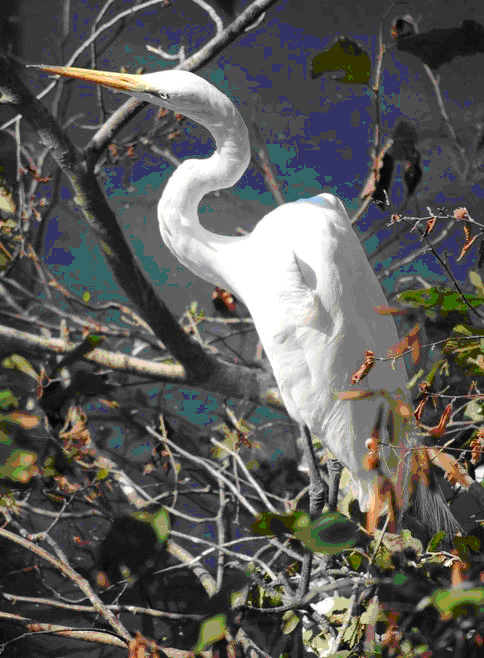

Situated on the Museum’s boardwalk, the Coastal Plain Aviary allows patrons to walk through a natural habitat with coastal birds such as egrets, pelicans, herons and ducks.
The combined efforts from the Museum and the community paid off in 2001 when Executive Director Gloria R. Lombardi opened the first phase of the expansion—a $400,000 Coastal Plain Aviary. Visitors could walk through the aviary and see species of native water fowl including herons, ducks, egrets and more.
The following year the Museum broke ground for its new 62,000-square-foot facility. To supplement the aviary along the walking trail, elevated boardwalks were installed alongside new animal habitats. In 2003, a new outdoor habitat for the endangered red wolf opened, adding to the Museum’s animal sanctuary.
After two years of construction, in 2004 the Museum opened its new building and began renovations on the Junior Nature Museum and Planetarium’s first home. With the additional space, the Museum was able to feature more than 750 animals representing more than 100 species from throughout the state and the world.
With the new building, the Museum offered new permanent galleries that represented different regions of Virginia, including Coastal Plain, Piedmont and Mountain, Virginia’s Underground, World of Darkness, Cypress Swamp and Appalachian Cove.
The public opening of the new facility took place on March 28, 2004 with Gov. Mark Warner, U.S. Rep. Bobby Scott and Mayor Joe Frank as ribbon cutters.
The Revamped Virginia Living Museum
The Museum finally had the space to accommodate its exhibits, habitats and events, just in time for it to enter its fortieth decade.
In 2006, the General Assembly recognized the Virginia Living Museum’s 40th anniversary. With House Joint Resolution No. 163, the Assembly commended the Museum for sharing the wonder of nature with more than 4 million visitors since its inception, celebrating it 40 years of outstanding service to Virginia citizens.
Looking to continue this legacy for decades to come, in 2006 Museum Executive Director Page Hayhurst initiated the Museum’s Strategic Plan. To open more doors for conservation programs, the Museum set its sights on accreditation from the American Zoo and Aquarium Association (AZA). Having this accreditation would also open funding opportunities for animal care and acquisition and for staff development.
To keep the Museum fresh, the Strategic Plan also called for a minimum of $3 million over the next five years to develop new exhibits and upgrade the planetarium with new equipment.
With a new facility and plan in place, the Museum was ready for the 21st century.






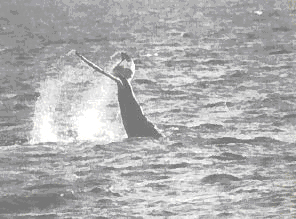
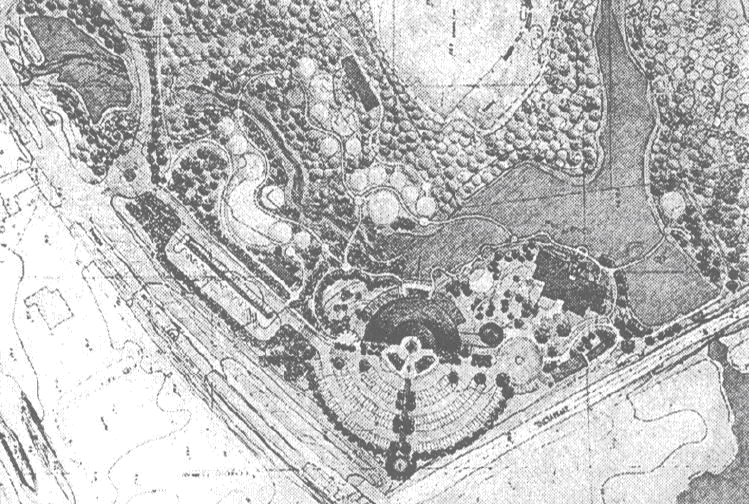
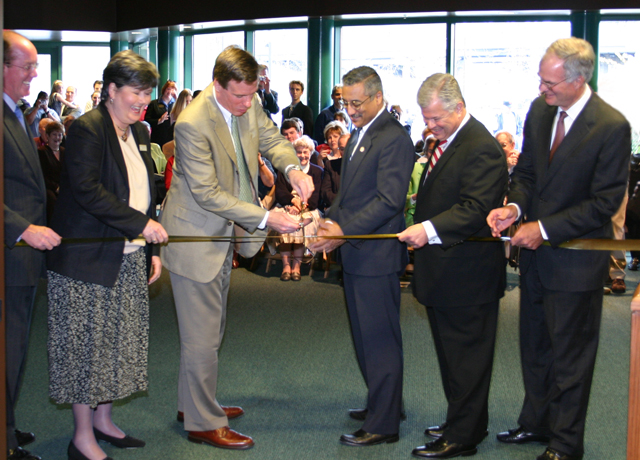
No Comment
Sorry, the comment form is closed at this time.